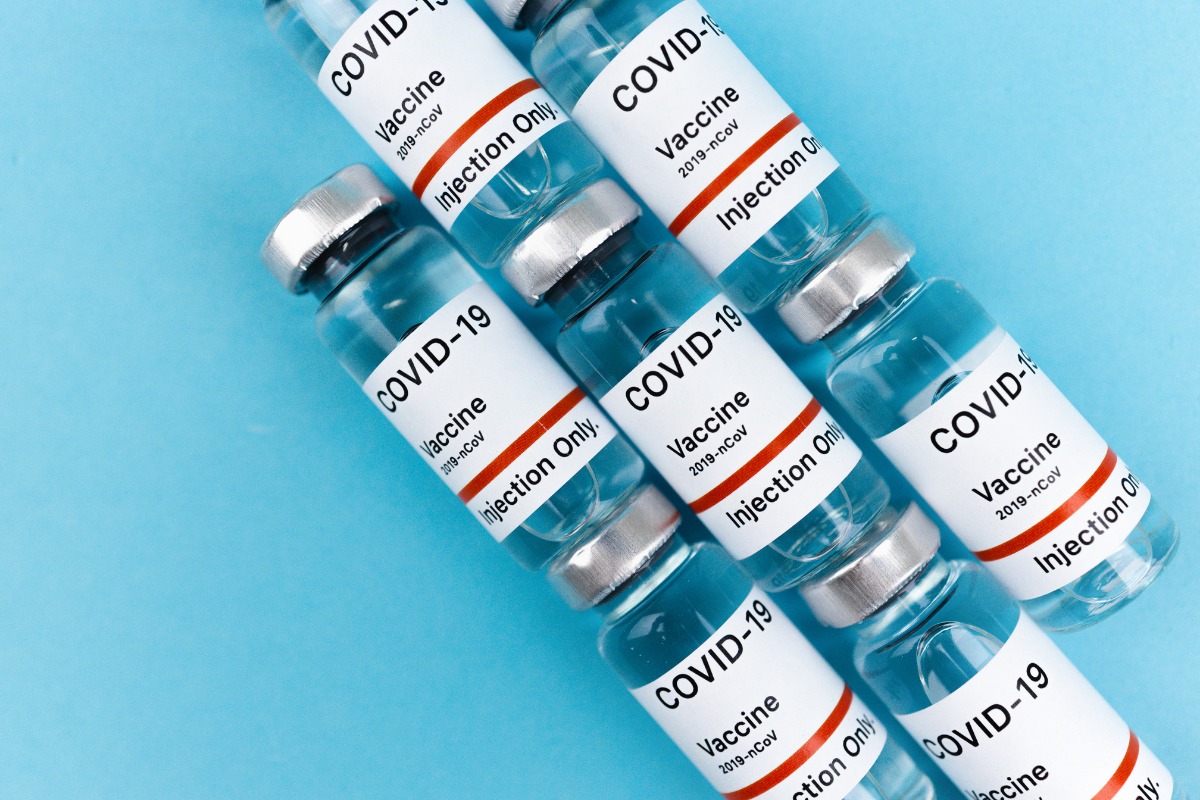The COVID-19 pandemic has resulted in significant excess mortality and has thrown national economies into a tailspin. Although the spread of the virus can be slowed with physical separation, face coverings, testing and tracing, and possibly therapeutics, the risk of outbreaks and economic and social disruption will likely persist until effective vaccines are provided to large segments of the global population to prevent hospitalization and severe disease, and preferably achieve herd immunity. Even in the face of variants, data from vaccine clinical trials and real-world evidence reveal that coronavirus vaccines can avoid infection and greatly reduce the risk of serious disease and hospitalization.
Several COVID-19 vaccines have now been licensed for human use, and several more are in the final stages of clinical trials. The BioNTech and Pfizer partnerships (Pfizer-BioNTech) and Moderna vaccines have obtained Emergency Use Authorization in several nations. Vaccines from other multinational players, such as AstraZeneca, Johnson & Johnson, Russia (Sputnik V), and others, are now arriving and being distributed for administration around the world.
Four dimensions of an effective global immunization strategy against COVID-19
We have all witnessed that having approved vaccines is not enough to eradicate COVID-19 worldwide. They must also be mass-produced at a low cost, distributed internationally so that they are accessible where they are required, and widely used in local communities. A recently published Health Policy paper in Lancet outlines the following four-dimensional strategy for effective global immunization against COVID-19:
1. Development & production
• Vaccines that have been approved by strict regulatory bodies or WHO
• Large-scale production
2. Affordability
• Processes that represent public investment and risk-sharing when accounting for large purchase volumes.
• Long-term financial support for COVID-19 vaccinations & vaccination campaigns.
3. Deployment
• Infrastructure to allow efficient regional and local distribution and administration of doses.
• Public trust in vaccines and vaccination programs to achieve widespread uptake.
4. Allocation
• Vaccines are available where required.
• Multilateral efforts to ensure global access on time.
Each of these four dimensions comes with its own set of challenges that are closely related, and the development and production steps have important implications for pricing, allocation, and public confidence.
Risk and challenges
As production ramps up and rollouts are designed and implemented, we will face a set of complex challenges. The following risks and challenges are highlighted as important emerging risks and challenges:
A. Limitations in production scaling due to raw materials
Expanding access to raw materials and increasing production levels can present logistical, contractual, and even diplomatic problems, necessitating new forms of collaboration. Early signs indicate that global syringe and fill-finish material manufacturing ability is adequate. For example, the top two US manufacturers can produce 280 million vials per year with a capacity of 2.8 billion doses. However, several niche chemical and biological vaccine components are available from a variety of sources, and countries will have to compete for scarce resources.
At the same time, many vaccine manufacturers have pursued highly specialized contract manufacturing partners to load mRNA onto lipid nanoparticles and purify the resulting therapeutic on a large scale while adhering to strict regulations. For example, Moderna’s COVID-19 vaccine was developed in collaboration with Catalent and Lonza. Such collaborations will almost certainly become more important as global vaccine demand grows, and they will be a key factor in the campaign’s overall success.
B. Quality-assurance challenges in manufacturing
Quality-assurance challenges include generating yields while maintaining the safety and effectiveness of each dosage. Makers have required vast amounts of inputs, a greater technological workforce, and a much-expanded ecosystem of manufacturing facilities to produce a new class of vaccines, such as those focused on mRNA or viral vectors, at an unparalleled scale (1.8 billion to 2.3 billion doses by mid-2021). At the same time, national regulators such as the US FDA continue to establish requirements for these new therapeutics, even as large-scale development continues. In this context, quality assurance will continue to be critical.
C. Challenges in cold-chain logistics and storage management
Manufacturers and distributors in North America plan to keep mRNA-based vaccines cold-chain compliant for delivery and long-term storage. Before administration, large quantities of dry ice can be needed at different locations. This is an especially pressing issue in developing countries, where cold storage and dry ice are scarce. The current high demand for vaccine doses may alleviate initial storage issues at points of care, but expected high-volume delivery later in 2021 may temporarily outstrip vaccine consumption, necessitating a greater focus on storage management.
D. Increased labor demand
Complex procedures for managing and processing COVID-19 vaccines, as well as the extra precautionary monitoring time after patients are vaccinated, can put a strain on labor capacity or divert staff away from other vital positions. According to estimates, one administrator could vaccinate seven to ten patients every hour with the assistance of two support staff at a reasonably streamlined vaccination location. This rate is slower and requires 3.5 times more effort than the annual flu vaccine. The US CDC estimates that if retail pharmacies were solely responsible for public administration of the COVID-19 vaccine, 15 to 20% of their skilled workforce would be needed.
E. Wastage at points of care
Errors in the storage, preparation, or scheduling of doses at the point of service can have serious implications. Failure to ensure that recipients keep their appointments, for example, will not only prevent individual immunity but will also result in product waste since all vaccine doses in multidose vials must be administered within a limited period of time after the vial is opened. It’s also crucial to have proper on-site storage conditions. Because of the temperature specifications, existing mRNA vaccines would be more difficult to store on-site.
F. IT challenges
For allocating, transmitting, documenting, and controlling vaccine deployment, IT systems such as vaccine-tracking systems (like CDC’s VTrckS) and immunization information systems (IIS) will be critical. In the US, over 50 different IIS (one for each state and territory) must communicate with VTrckS. It’s been a major software creation, data hosting, and organizational challenge to ensure that these can run at an unparalleled scale and are optimized for a two-dose vaccine schedule. Given the potential for hackers and criminals to inflict damage, it will also be critical that these systems protect patient privacy and are protected against cyber threats. In addition, COVID-19 vaccine developers and regulators have already been targeted by cyberattacks.
Collaborative approaches to mitigate emerging risks
There are several ways of mitigating above mentioned risks and challenges:-
A. Creating resiliency in raw-materials supplies
• A wide array of global suppliers is needed to meet the specific requirements of each vaccine seeking regulatory approval.
• Sustainability readiness
• Industry-government collaboration
B. Scaling manufacturing within quality guidelines
• Increase the scale of production in both new and existing facilities.
• Create predictable supplier plans in current facilities to ensure quality and yield.
C. Cold-chain optimization
• Have redundancy in the delivery system
• Take advantage of feedback loops
• Make use of point-of-care inventory management
D. Resolving labor shortages
• Make use of various forms of point-of-care services.
• Simplify administration across sites
E. Curbing spoilage at points of care
• Keep track of and report spoilage at care points.
• Pace the administration of the first dose and make second doses a top priority.
• Establish recipient commitment.
• Certificate management
F. Taking on IT obstacles
• Maintain a balance between IT updates and resilience
• Circulate cyberthreat information
• Create a method for demonstrating immunity
Conclusion
The Covid 19 pandemic has reshaped the world in unprecedented ways. This has openly questioned the current global capacities, and several nations, including developed ones, have failed miserably in combating the pandemic. Following a valiant research endeavor that resulted in the creation of a vaccine in record time, production is ramping up now, and rollouts are being designed and implemented. We are at the forefront of emerging vital threats and challenges, a few of which have been highlighted in this report. The only way to control current and upcoming pandemics is through global collaborative research and distribution channels.
References:-
- https://www.mckinsey.com/business-functions/risk/our-insights/the-risks-and-challenges-of-the-global-covid-19-vaccine-rollout
- https://www.thelancet.com/journals/lancet/article/PIIS0140-6736(21)00306-8/fulltext
- https://www.thelancet.com/journals/lanres/article/PIIS2213-2600(21)00129-6/fulltext
- https://www.sciencedirect.com/science/article/pii/S0168851021000853
- https://www.who.int/bulletin/volumes/99/3/21-020321/en/




